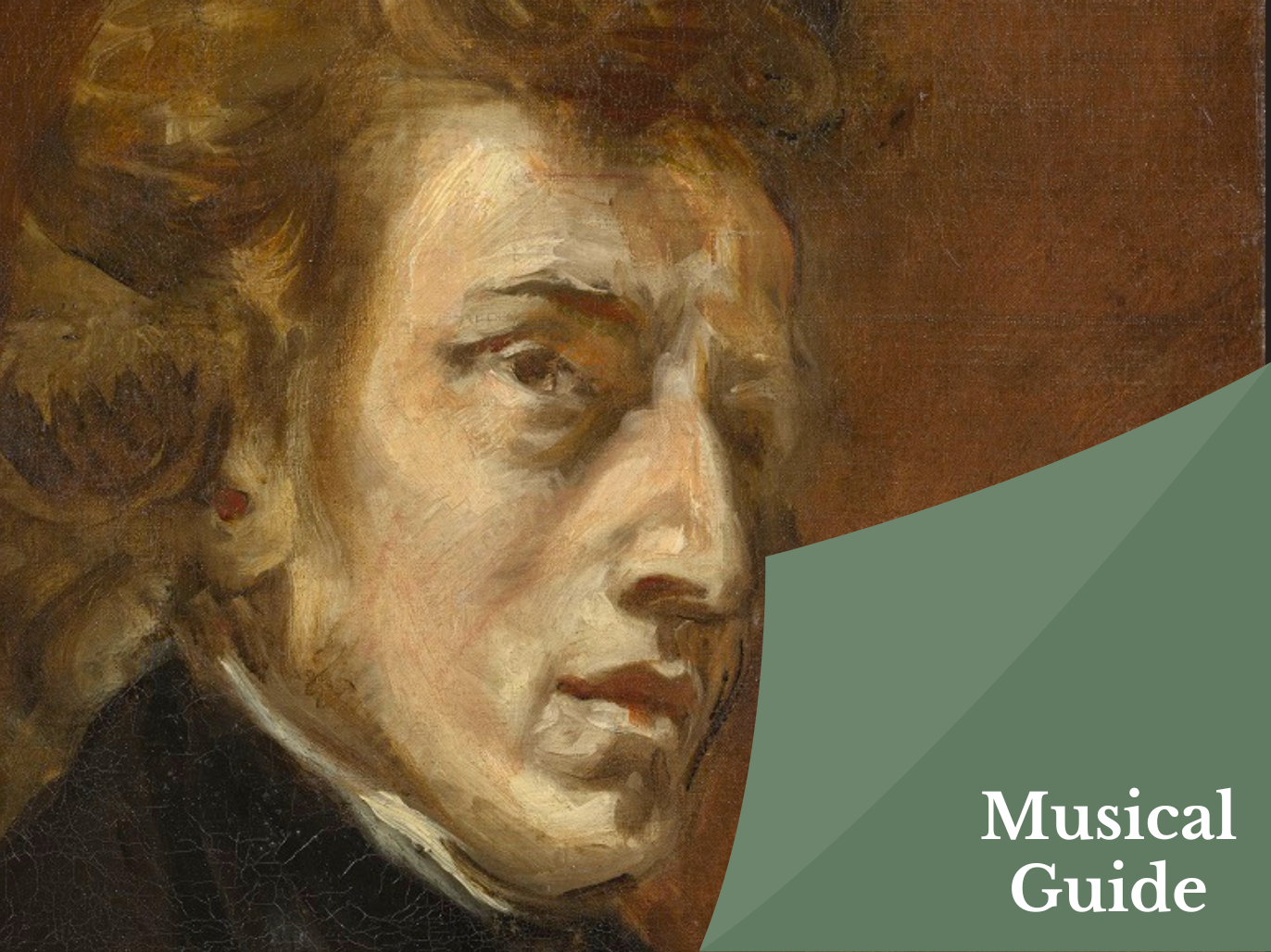From his enchanting Nocturnes to his impassioned Ballades, Frédéric Chopin has stirred the emotions of untold millions over the two centuries since he published his Opus 1.
But what about the countless pianists who have dedicated their lives to learning and performing his uniquely challenging music, like the 85 participating in the 19th International Chopin Competition in Warsaw?
Let’s take a closer look at Chopin’s major compositional genres from the perspective of those who bring them to life.

